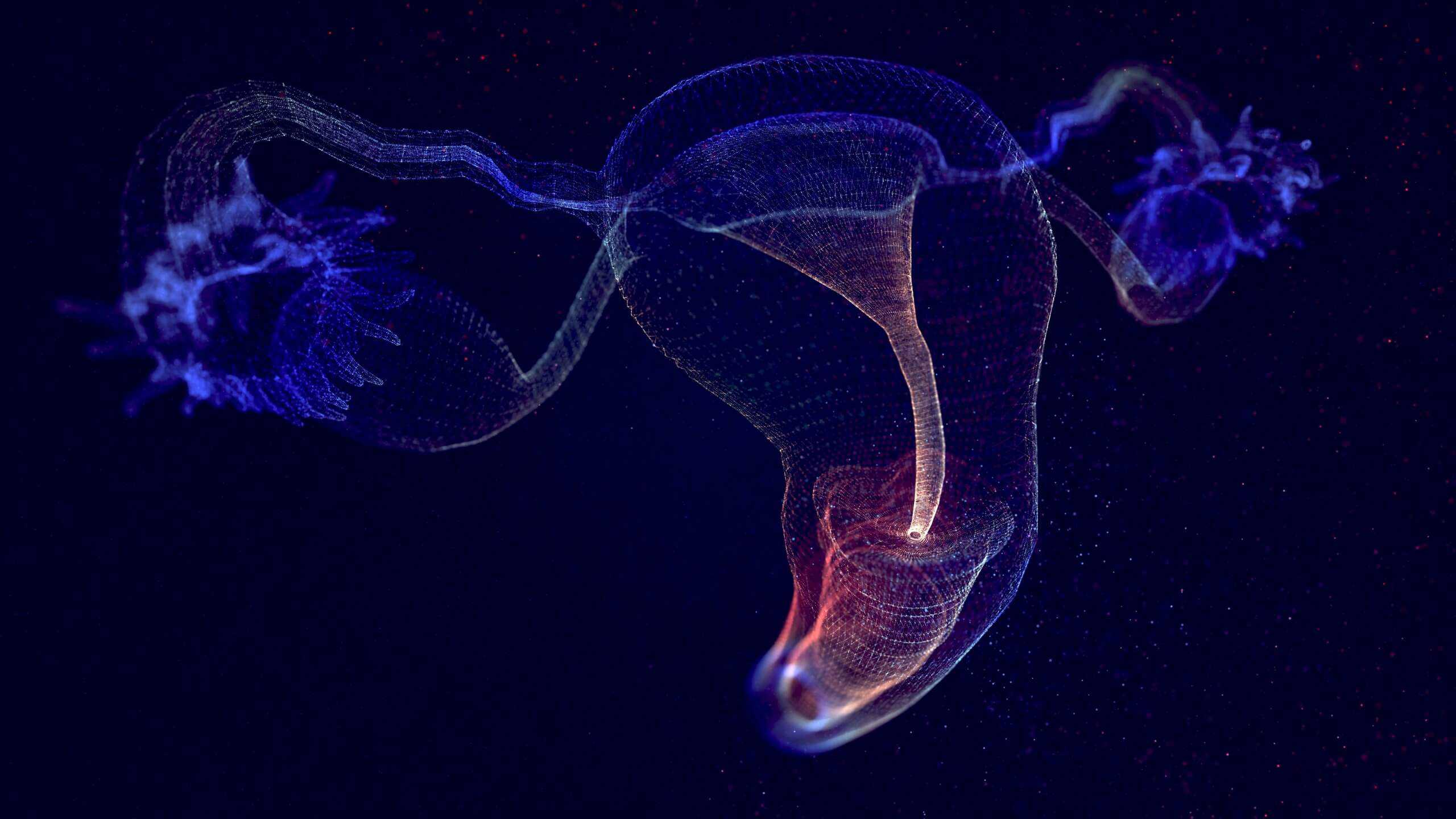The problem with syndromes is that they are so heterogeneous!
Many factors play a role in the aetiology of PCOS and those factors can interact differently in different women. It is increasingly difficult to decide the direction of the ‘causal arrow’ that links PCOS with increased insulin resistance, abnormal lipid metabolism, the gut microbiome, genetics, fetal origins, epigenetics and dietary and environmental factors.
Take as an example endocrine disruptors. BPA levels have been shown to be higher in women with PCOS but is that correlation or causation? Bisphenol A (BPA) is a widespread industrial compound used in the synthesis of plastics. In experimental animals, neonatal exposure to BPA results in a polycystic ovary-like syndrome (PCOS) in adulthood. (1)
We seem to need what the physicists would call a ‘Theory of Everything’ to elucidate PCOS. Central to any understanding of the baffling pathophysiology of PCOS we need to concentrate on the hypothalamic-pituitary-adrenal axis.
An accepted feature of PCOS is disordered gonadotrophin secretion with elevated mean LH, low or normal FSH and persistently rapid frequency of GnRH pulse secretion. So if increased LH levels are driving androgen levels, then is increased LH due to GnRH dysregulation?
PCOS women have high circulating androgen levels so it is essential to understand the contribution of such hyperandrogenemia to the pathophysiology of PCOS. Are the elevated androgens in PCOS women merely a downstream endocrine response to hyperactive GnRH and LH secretion driving the ovary, or do the elevated androgens themselves act in the brain during development to modulate and maintain the hypersecretion of GnRH and LH? The mechanisms by which elevated androgens may mediate the changes in the neuroendocrine axis still remain unclear, and deciphering neural targets of androgen action may provide important information for the development of treatments for PCOS. (2)
In PCOS women, treatment with flutamide decreased LH levels after E2 and P administration similar to that of control women. This may be significant because the same E2 and P administration failed to lower LH in PCOS women with no flutamide treatment suggesting that hyperandrogenemia contributes to impaired steroid (E2 or P) hormone feedback in PCOS. Consistent with these findings, a recent study in the pre-natal androgen (PNA) PCOS model has shown that treatment with flutamide, an androgen receptor antagonist, can reverse abnormal GnRH neuron morphology, decrease T levels, and restore estrous cyclicity in PNA mice, suggesting that hyperandrogenemia is causing, directly or indirectly, some of the GnRH abnormalities. This finding also highlights the promise of anti-androgenic drugs in the treatment of PCOS. In support of the importance of androgen signalling specifically in the brain, a recent study in postnatally androgenized mice showed that androgen receptor (AR) knockout in the brain improved ovarian morphology and function and decreased adiposity. In that study, AR was assumed to be deleted in all neurons, and thus the exact brain region(s) and specific neuron types involved still remain to be elucidated. Nonetheless, these studies demonstrate that androgen actions in the brain may play a role in the manifestations of PCOS and that androgen-induced alterations in the GnRH neural network are likely to be important in the pathogenesis of many cases of PCOS.
One major problem for this theory that androgens are inducing hyper GnRH secretion is that androgens typically have been shown to provide negative feedback on the HPG axis. So we would expect high androgen levels to provide heightened negative feedback and lower GnRH/LH secretion, rather than reducing negative feedback and facilitating increased GnRH/LH secretion. Indeed, androgen treatments not only reduce LH secretion in vivo, but also lower ARN Kiss1 levels further driving decreased GnRH output.
The development of preclinical animal models has been extremely helpful in addressing the hypotheses around the neuroendocrine contributions to PCOS. These animal models have established an important role of the brain in the possible pathogenesis of PCOS. (3)
However, there are still missing pieces of information in some models with regard to GnRH neurons and their afferent neural network. Alongside clinical studies showing increased CSF GABA and blood kisspeptin levels in PCOS women, and an improvement in T and LH levels after treatment with an NK3R antagonist in PCOS women, the involvement of the neuroendocrine axis in the pathogenesis of PCOS is becoming more convincing. However, there are still unanswered questions because identifying specific neuron populations and signalling factors altered in PCOS is key to the development of potential therapeutics. (4) Besides KNDy and GABA neurons, there may be other potential neurons involved in directly or indirectly modulating GnRH neuron function that may be affected in PCOS. Since PCOS is often also a metabolic disorder, with increased adiposity and impaired insulin sensitivity, it is likely that metabolic-sensitive neurons (e.g., AgRP/NPY and POMC neurons) may also contribute to the neuroendocrine mechanisms underlying PCOS. Thus, future studies investigating the contribution of other neuron populations and the neuropeptides and neurotransmitters they release are needed to get a complete picture of the neuroendocrine origins and adult phenotype of PCOS.
The association of PCOS with early onset Type 2 diabetes and Metabolic Syndrome, which together absorb a large and increasing proportion of medical expenditure and are a cause of significant physical and psychological morbidity, implies that a condition that affects 10% of all women needs more urgent and well-funded research.
References
- Endocrine disruptors and PCOS: elevated serum levels of bisphenol A in women with PCOS. J Clin Endocrinol Metab 2011
- New perspectives on the pathogenesis of PCOS: neuroendocrine origins. Trends in Endocrinol and Metab 2018
- Can animal models of PCOS help point the way towards early and effective therapeutic intervention in women with the syndrome? Endocrinology 2015
- Neuroendocrine determinants of Polycystic Ovary Syndrome. Int J Environ Res Public Health 2022








